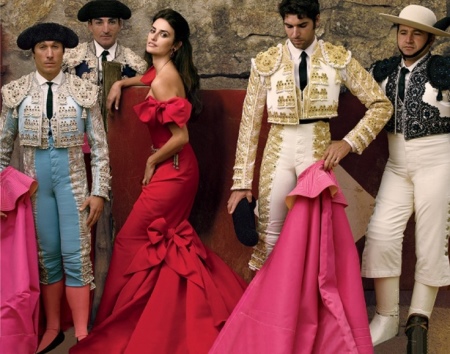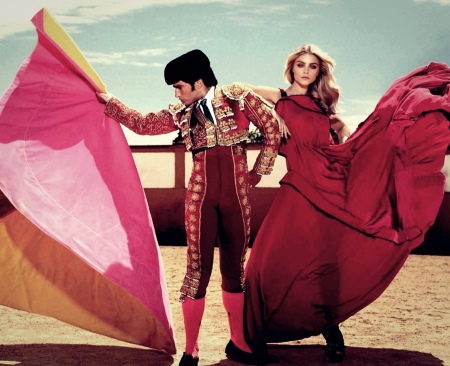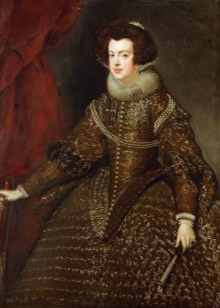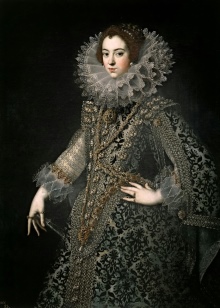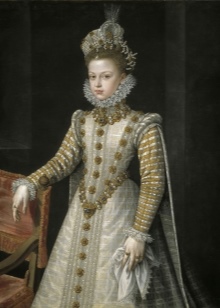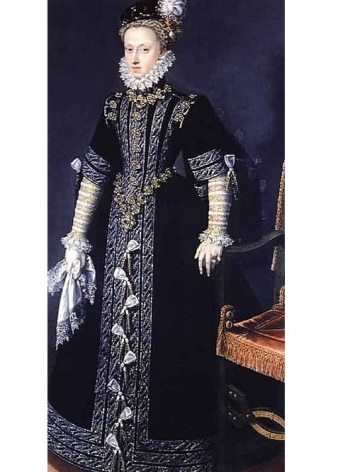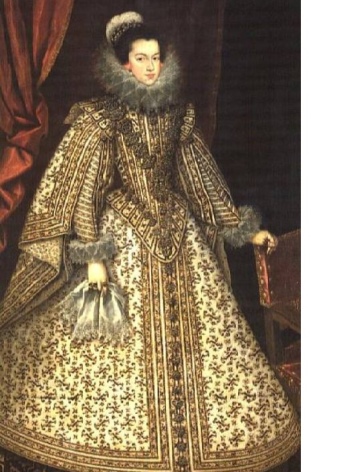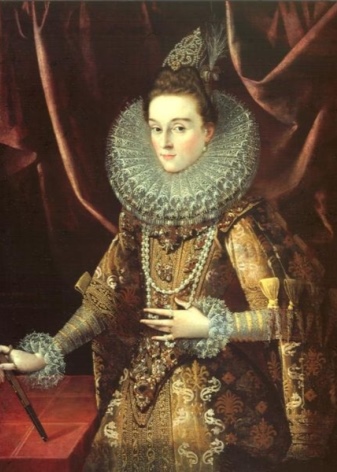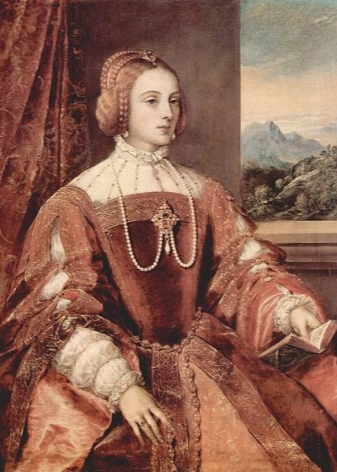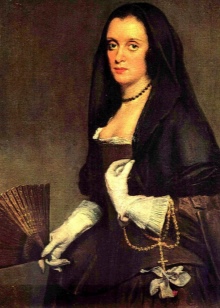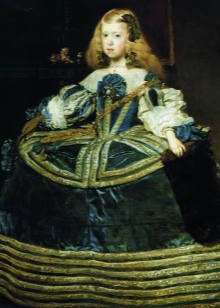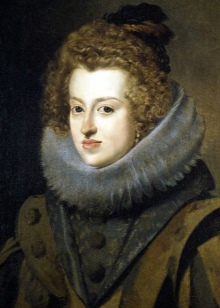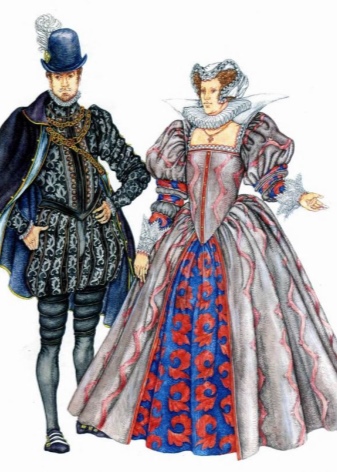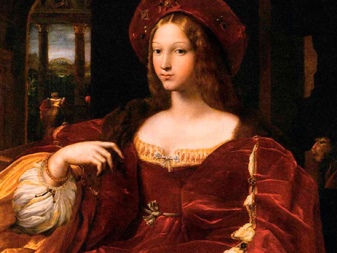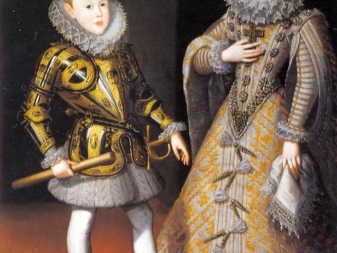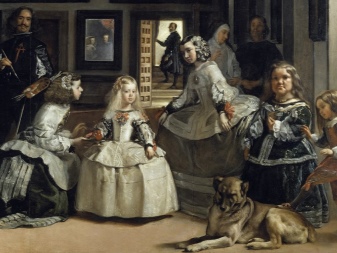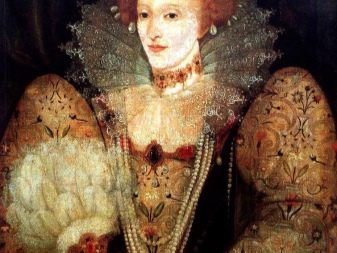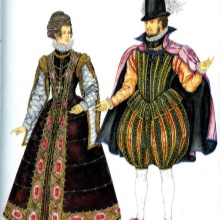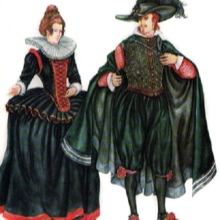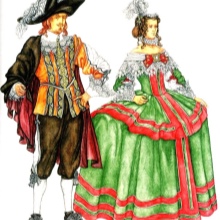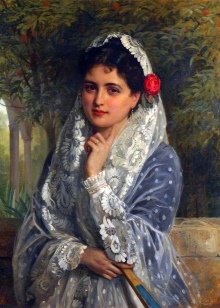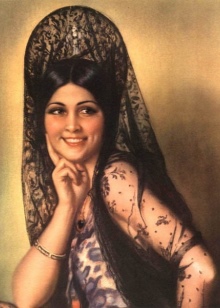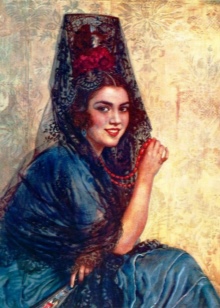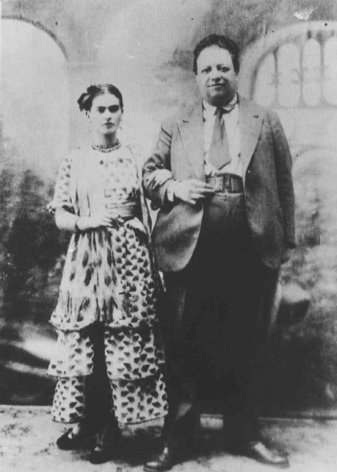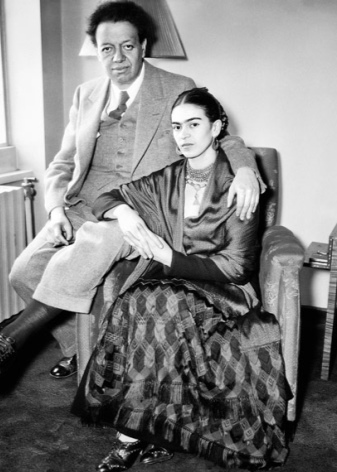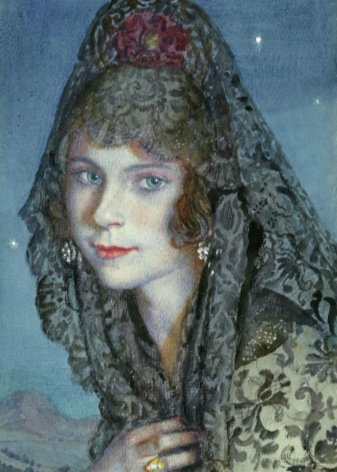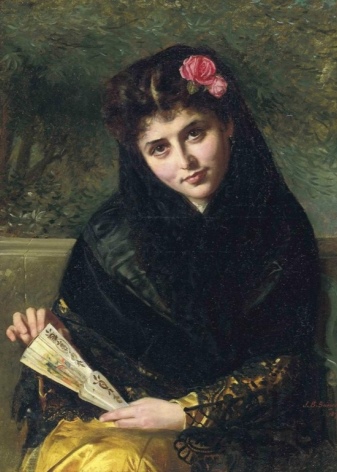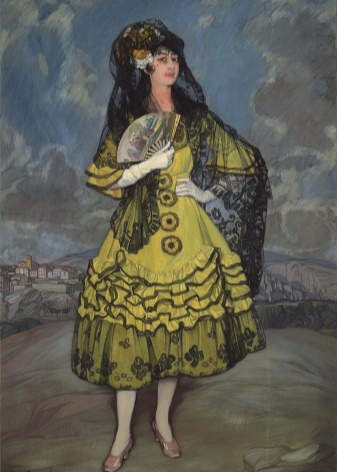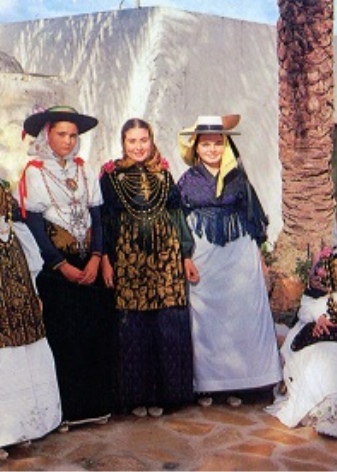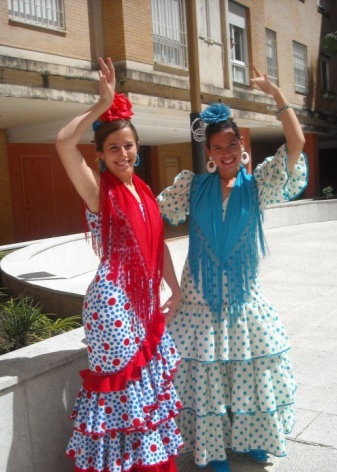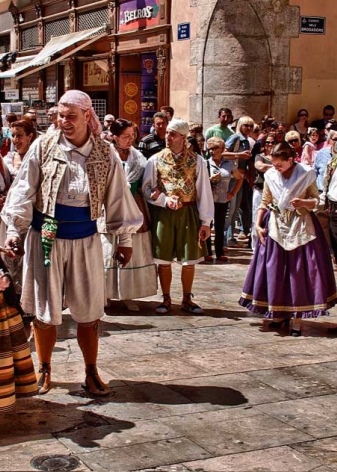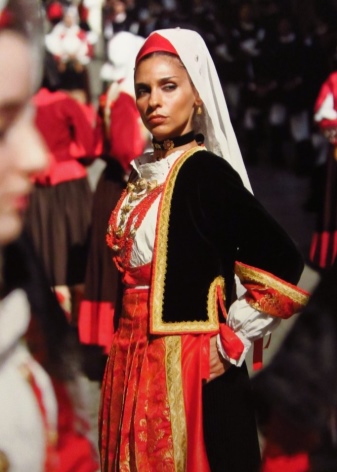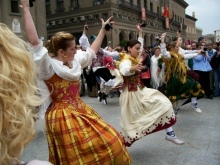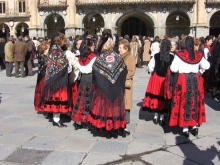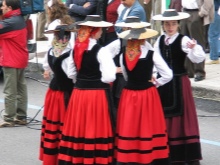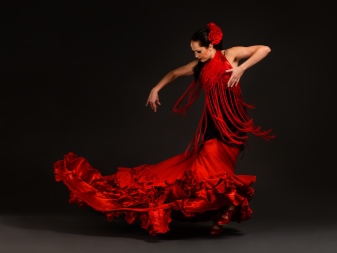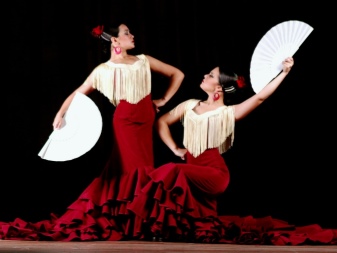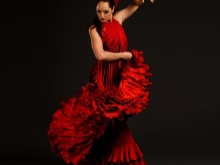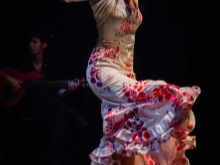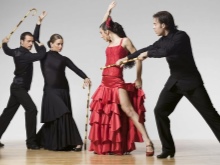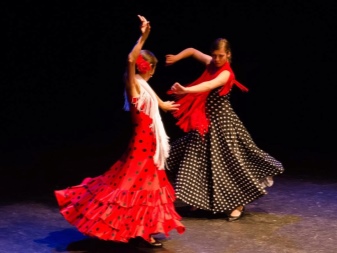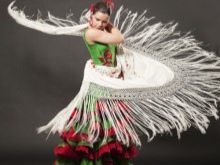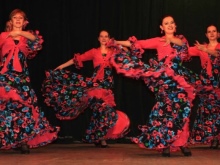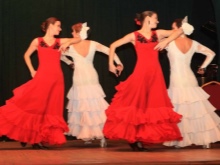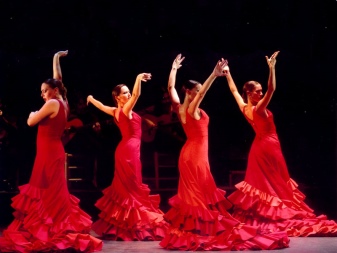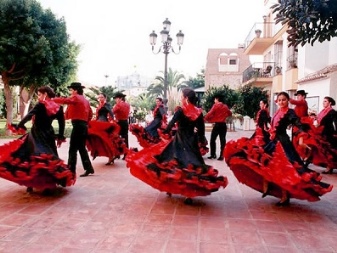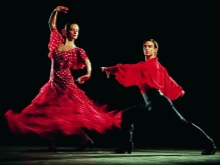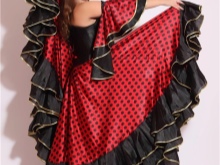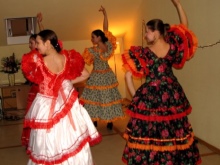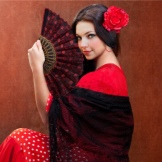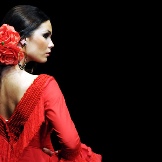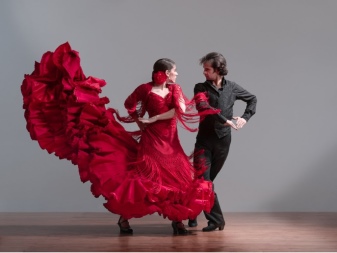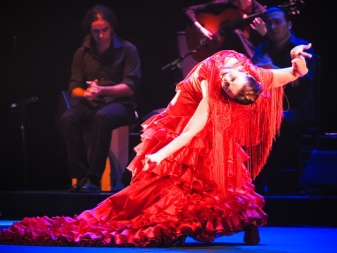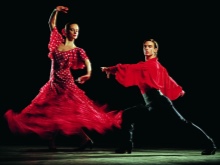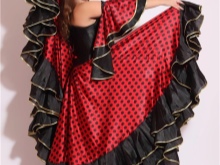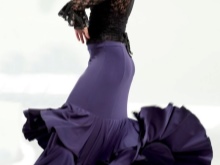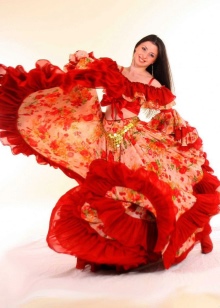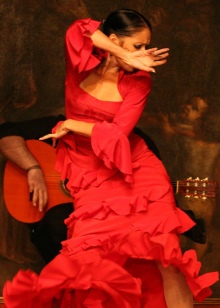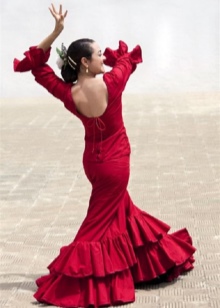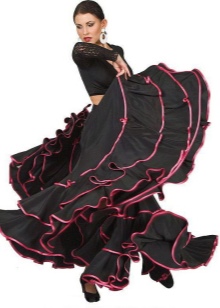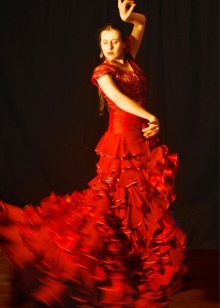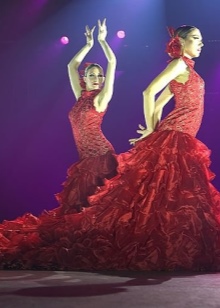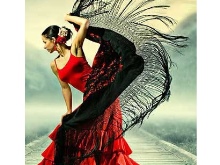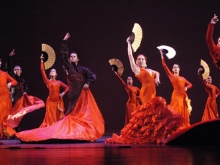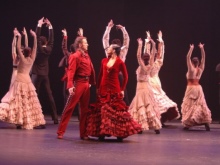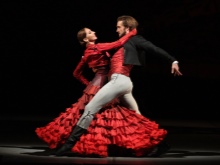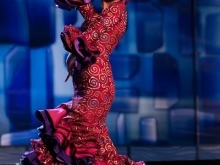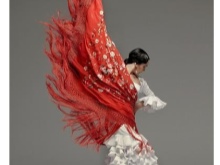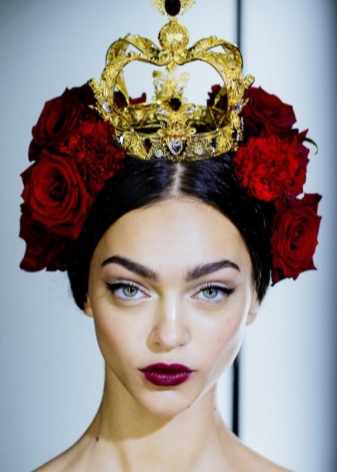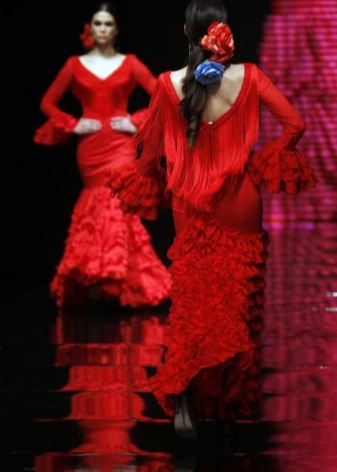With the help of the Spanish costume, you can emphasize the national characteristics and colors of Spain. This is an ancient country of Phoenician origin, which used to be called Iberia. It is located on the Mediterranean coast and for a long time was under Roman rule, and then adopted Christianity.
Spanish costume - the luxury and beauty of a burning dance
Spanish costume came into fashion in the 15th century. It was the Renaissance, which dictated its conditions. Then in a fashion were the knightly ideals, manners of kings and the severity of the Catholic Church, for which everything was sinful.
In clothes, natural and proportional forms were important, but they were hidden from prying eyes as much as possible in order to resist temptation. At this time, the term “Spanish fashion” appears at the noble court of the Habsburgs, which was then adopted by many royal families of Europe. For notable persons tailors sewed frame, bulk and heavy suits. They were heavy to wear, as they covered almost the entire body and restrained movement. There was no freedom in women's clothes.
The suit of triangular design resembled a case in which a woman was hidden. According to legend, this style was invented by the Queen of Castile, Juana of Portugal, so that no one would know about her pregnancy. Thanks to the royal invention, the Spaniards for many years wore rich and luxurious dresses that were uncomfortable and bulky.
Women's dress - the beauty of geometric shapes
Spain has become the trendsetter of European fashion. The clothes of the representatives of the royal court of the Renaissance had its own characteristics:
- The shape and silhouette resembled a triangular frame.
- Dresses were sewn with a bodice and with a tight, closed corset to hide the natural forms of the chest.
- The front bodice had the shape of an oblong cape. The frame was made of bent metal wire, which was trimmed with expensive fabric.
- Two tight skirts were attached to the bodice. They were sewn of taffeta and were located parallel to each other.
- The top skirt had a triangular neck, and the bottom one had metal hoops. Skirts snapped at each other.
- Over the skirts, a top dress was slit with a slit. It was fastened with loops and tied with a bow.
- The dress was decorated with pearls and a net in which golden threads were woven. All this was used as inserts.
- With the help of a corset, the waist was narrowed and the stomach was tightened. A narrow plate was attached to it, which served for this purpose.
- Women's clothing was with long double sleeves, which were sewed from different fabrics. The sleeve had a cut along the entire length and expanded at the bottom like wings.
- The shoulders are artificially increased with the help of special rollers and upper sleeves.
At that time, women were not allowed to walk with an open neck and décolleté - so the collar was for them a real salvation and a special decoration. It was round, corrugated and sewed from a white thin ruff. At first, the collar was small - no more than 15 cm, but over time it became fashionable to wear large collars - up to 30 cm.
In addition to the dressing, various decorations were used, for example, beads, a fan, a belt with a buckle, or hats.
Under the dress, the lady wore shoes with a massive wooden sole. They were decorated with an ornament made of nails. The thickness of the shoes indicated a sign of a person’s aristocracy and nobility. The shoes were made of genuine leather, velvet or satin and decorated with a pattern or embroidery.They should not have looked out from under the dress, except for wooden shoes, which could be visible ankle-deep.
Fabrics and materials
The strict etiquette of the Spanish society of the 16th and 17th centuries dictated its conditions not only to clothing, but also to material:
- At that time, bright, colorful fabrics with a pattern were distributed. Animal figures, religious symbols and heraldic signs were used as a drawing.
- The color scheme was different variety. Black, brown, gray, white, red, purple and green prevailed in the clothes.
- The clothes were additionally decorated with golden threads, cords, ribbons and brocade lace. All this was sewn onto a suit in a different direction.
- At the end of the XVI century, smooth monochromatic textiles were in fashion.
Time and tradition
Simple girls preferred to dress differently than noble ladies. They had a different fashion, which formed the basis of the traditional Spanish folk costume. We can judge this by the paintings of the famous Spanish artist Goya, who used bright colors and unusual lighting in his work. He is one of the first to glorify Macha, a city dweller who is the prototype of the famous Carmen.
The clothes of ordinary women of the mid-17th century consisted of the following elements:
- Women wore colorful dresses without corsets and did not use metal frames for skirts. The bottom of the dress was with large folds and freely waved in the wind.
- The shirts had a bodice and a lace-up corsage. Sleeves were narrowed down. They could roll up to the elbow or completely removed.
- The dress wore a fitted jacket.
- An important attribute was considered a rectangular ridge. They pinned hair. The comb was carved, 20 cm high, with several teeth. It was made of ivory or turtle shell. With a haircut went to women in the province.
- A special decoration was the mantilla. The so-called lace long veil, which was put on the comb. The light mantilla was worn by unmarried girls, and the black one by women. For solemn occasions they wore a long veil that covered the entire back completely. In the dance the veil was not used, or was its shortened version.
- The outfit complemented the folding fan. He was a real work of art, as was done by hand. The basis of the fan was made of wood. He was covered with silk, velvet or soft leather. Some fans were decorated with lace.
- In the women's suit were important details: big earrings, flowers and combs for hair.
About Spanish folk costume
Years passed, and the Spanish outfit was transformed: some of the elements of the city woman were no longer worn at the end of the 19th - beginning of the 20th century. For example, the mantilla and the crest, called peineta in Spanish, became part of the royal clothing. Now these details are perceived as historical: they can be seen occasionally at national holidays, carnivals or weddings.
National Spanish costume - part of the culture of Spain. Each region of the country has its own clothes:
- In the south, in the countryside, Spaniards dance flamenco. When people hear this word, they represent the image of a passionate woman in a red dress. Flamenco was created and handed over to other generations of the gypsy woman of Andalusia. They preferred to dress expressively for dance, to emphasize every movement. The dancers have a narrow waist and layered skirts, with frill and drapery. Their hands are open or fully closed.
- In the center of the country, girls wore traditional Spanish dresses or a shirt with shoulder straps, which was worn with a short light jacket. The head was covered with scarves or capes.
- In Valencia, women's costume consists of a silk light dress with an apron. On the head there is a thin tracery kerchief with a pattern, which is fixed behind the bow. The dress complements the bright stockings and low-heeled shoes.
- In Catalonia, girls prefer to wear open skirts with patterned aprons.Their figure is underlined by a white lace bodice, and the shoulders are closed with an openwork shawl. Thin gloves reaching the elbow are put on hands. On the head - mantilla.
- Galician women’s attire consists of a long-sleeved blouse and a flared red skirt with long, dark velvet stripes. A small or large apron with lace and beads is worn on the skirt. A gentle shawl is wrapped around your shoulders. The head is tied with a scarf.
- In the north of Spain, the national women's outfit in soothing shades and with a modest pattern.
- In a suit of women from Upper Aragon there is a cream shirt with a magnificent sundress.
- In Lower Aragon, festive clothing consists of a short pleated skirt, an apron and a short-sleeved blouse, which is covered with a shawl.
In the rhythm of fiery dance: current trends
Spain is a country with a rich culture and traditions. Modern women's national costume has inherited many historical elements. The traditional outfit is elegant, with interesting decorations. It is decorated with gold and silver embroidery and multi-colored stones. Buttons with ornaments, wide belts and large collars can still be used. In a female Spanish suit such details are pertinent:
- White or soft cream blouse, sewn of lightweight fabric, with cuffs, ruffles and lace.
- Long, flared from the middle of the thigh, a skirt made of soft fabric. It can be with convex patterns or without them.
- The dress is red with a few flounces.
- Summer dress in bright colors and with a pattern of large bright colors. It is complemented by a wide-brimmed hat or scarf.
- Corset in the form of a black vest or lace-up top.
- Details: artificial flowers on the belt, on the hair or on the collar.
- Colorful airy shawl with a fringe.
Residents of a sunny country love to dress in an original and natural way. Their bright clothes with expressive details can create a memorable image and give guests a festive mood.
Flamenco dance, which became the hallmark of Spain, fell in love with many nations. It is included in the program of many events in order to bring in a bit of Spain and introduce it to its national color. Lately matinees and festivals have been held in various educational institutions, for example, in kindergartens or in schools. Choosing carnival outfits, you can create a beautiful and appropriate stage image. National Spanish costume for girls includes all the details of the female image.
Flamenco suit can be of two types:
- The first option is a dress with an oval neckline and frills or a multi-layered gypsy skirt. Under it you can wear any blouse or tops.
- The second option is a special baht. This is a plain skirt with a long train at the back. Her style depends on the style of dance. Bata allows you to move freely around the stage, as it does not hold down fast movements. With its help it is easy to create a spectacular image of a dancing Spaniard.
Fans of sunny Spain
The women's national costume of the country of Phoenician origin is bright, colorful, with special energy. The tastes, age-old traditions and originality of the Spanish people are intertwined in it. Many girls and women like the image of a free Spanish Gypsy who can freely dance in the squares of a bustling city and attract the attention of passers-by.
Romantic natures leave a lot of positive reviews about the national Spanish costume. The girls say that the clothes are perfect for classical Spanish dance and flamenco. She emphasizes each dancer's movement and her proud posture. A long, fluffy, multi-layered skirt with ruffles does not hold down the steps and allows you to easily move in space.
The harmonious image fascinates the audience with passion and beauty, causes sympathy and leaves positive emotions. Special details bring the details of the costume: a fan, beads, earrings and flowers that are attached to the hair or to the collar.
Choosing an outfit, you can give free rein to fantasy. Spanish clothing is so diverse that it is easy to create with your own hands. There is no need to doubt the choice of fabrics: monophonic and multi-colored options will be appropriate. A properly made Spanish costume will become a part of an entire nation with its rich history.

